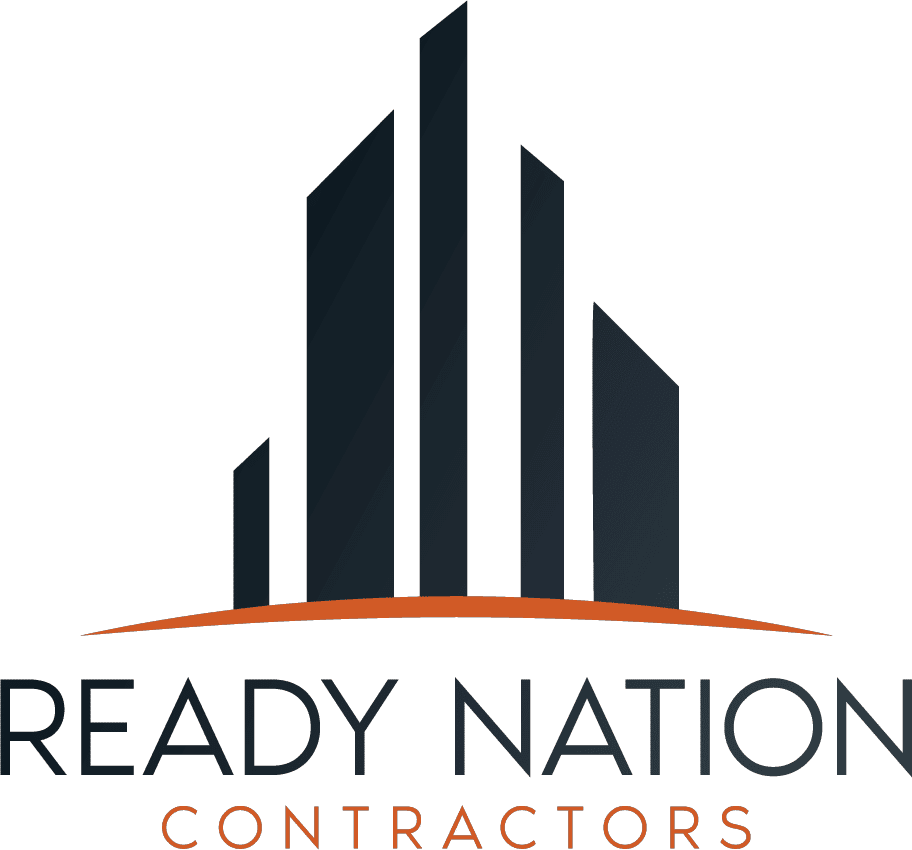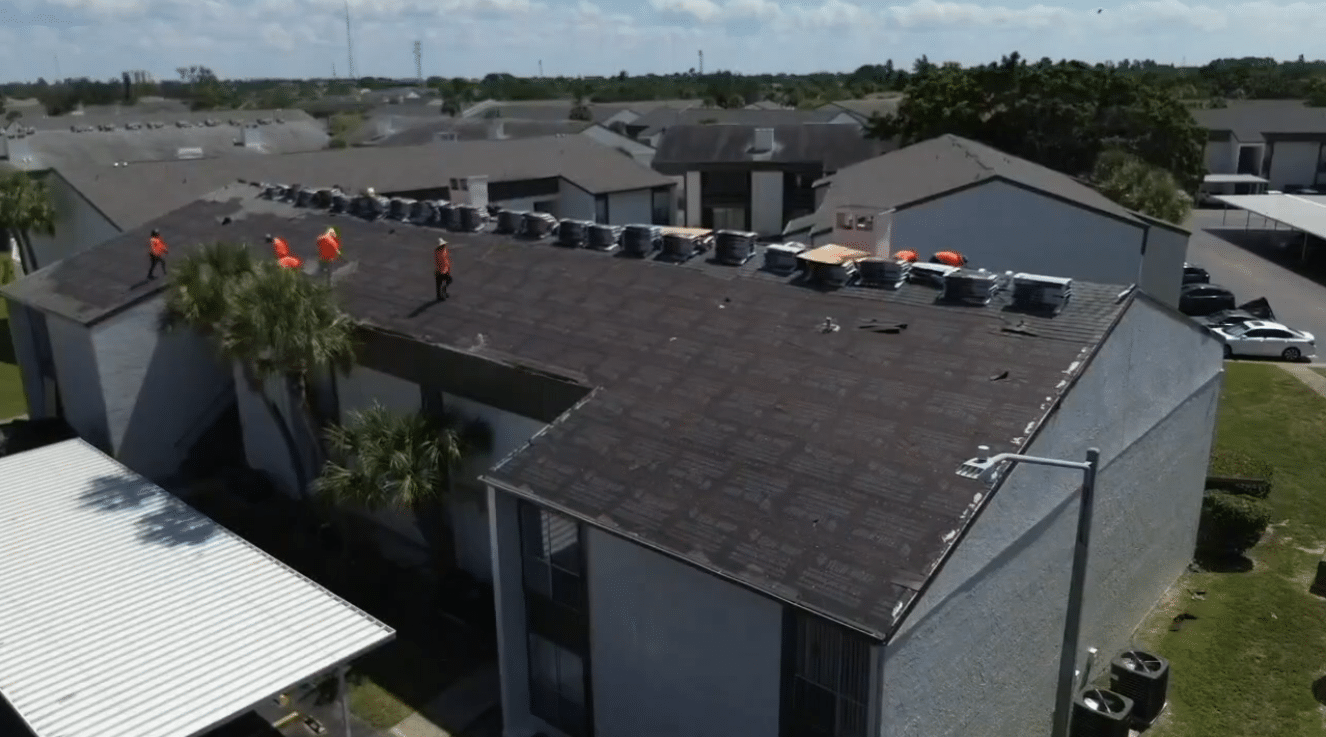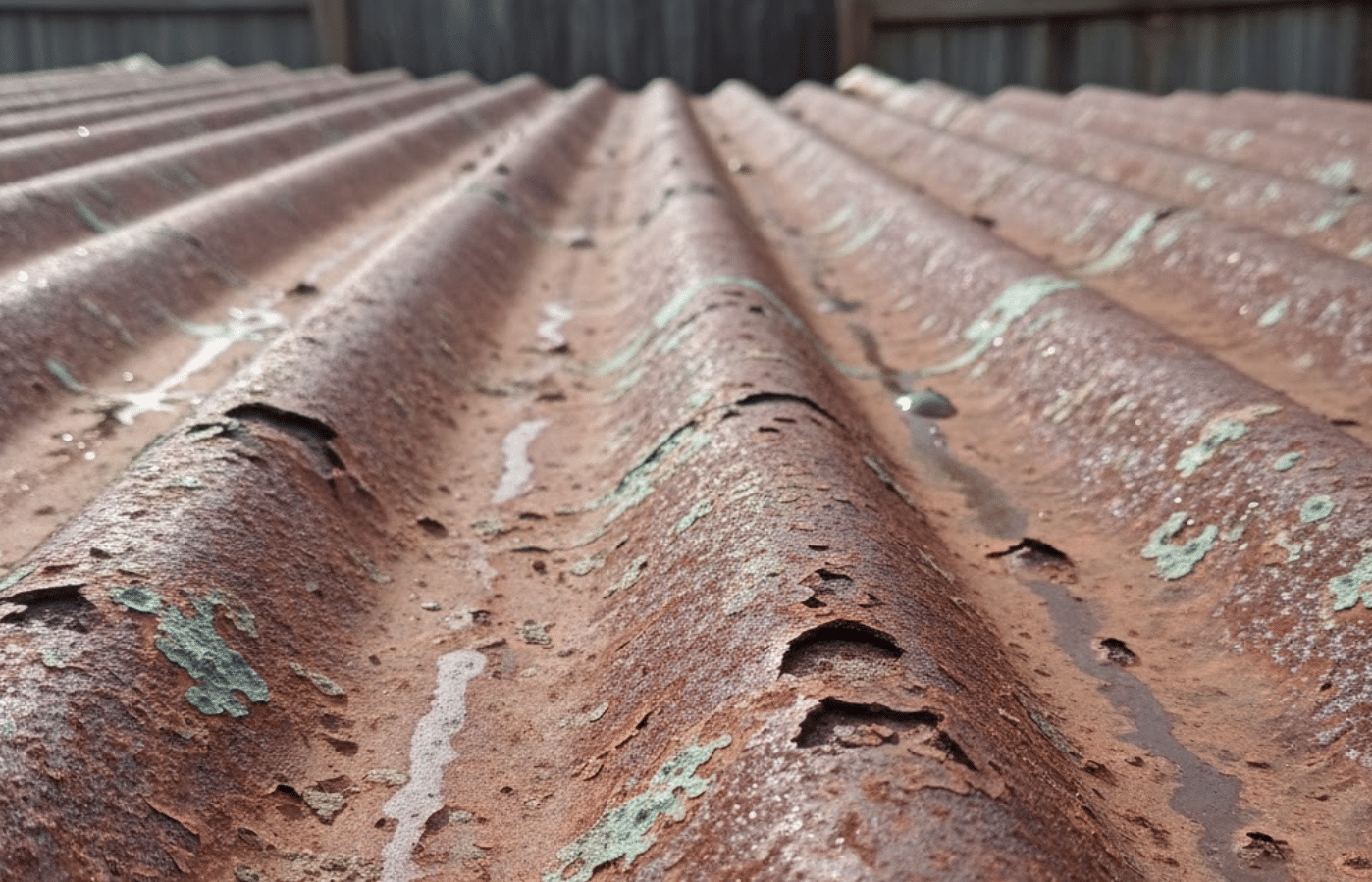If you live along the Gulf Coast, you already know that a failing roof doesn’t always announce itself with a leak. Sometimes it starts with higher energy bills, trapped humidity, or the faint smell of damp insulation after a summer storm. These hidden warning signs can turn into costly repairs if the wrong materials were used or if the system has reached the end of its life. Choosing the right roofing material isn’t just about improving curb appeal; it’s about preventing those subtle but expensive problems before they spread.
At Ready Nation Contractors (RNC US), we’ve seen every scenario: from homes that weather decades of storms with minimal wear to properties that need full replacement after just a few seasons. Understanding what are the types of roofing materials that perform best in our climate can make the difference between a roof that lasts and one that fails when you need it most.
In this guide, we’ll walk you through the most durable and cost-effective roofing materials for Gulf Coast homes and small commercial buildings. We’ll cover how each performs under heat, humidity, and high winds, and how to balance cost, code compliance, and longevity.
When you’re ready to protect what matters most, explore our Roof Repair services or reach out through our Contact page for fast, professional help.
Exploring the Gulf Coast Environment
The Gulf Coast’s weather is beautiful yet punishing. Roofs endure intense sun, salt-laden air, and pounding rains that test every joint and fastener. The combination of UV exposure, heat, and humidity accelerates material fatigue, while wind-borne debris adds physical impact.
At RNC US, we design and install systems with proven resistance to these stressors. Coastal-grade metals, high-temperature underlayments, and proper ventilation make all the difference in performance. For homes in high-risk zones, we prioritize assemblies rated for wind uplift and impact resistance, ensuring compliance with Florida Building Code and similar coastal standards.
Asphalt Shingles: Reliable and Cost-Effective
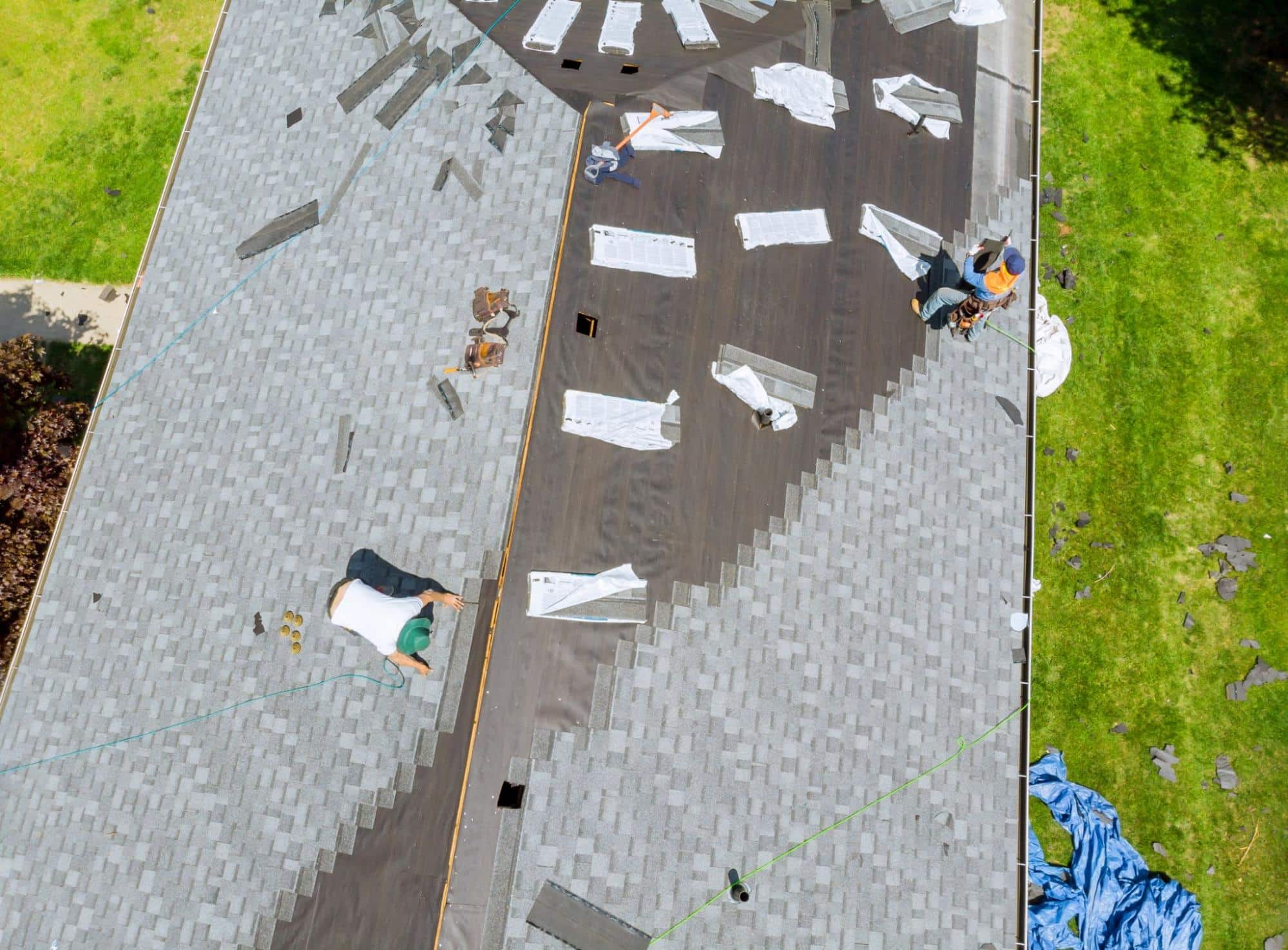
Among all types of roofing materials, asphalt shingles remain the most common for Gulf Coast homes thanks to their affordability and availability.
Three Main Shingle Categories
- Three-Tab Shingles: Budget-friendly and easy to install, typically lasting 15–20 years.
- Architectural Shingles: Thicker and more dimensional, providing better wind ratings and curb appeal for 25–30 years.
- Impact-Rated Shingles: Reinforced with stronger mats for hail resistance and insurance savings.
Pros and Considerations
Asphalt shingles come in many styles and colors, making them an easy choice for residential re-roofs. The downside is sensitivity to extreme heat, which can shorten their life if ventilation and installation quality are poor. We mitigate this with upgraded nailing patterns, ridge and soffit ventilation, and high-performance sealants.
If your shingles are curling, cracking, or losing granules, our Roof Repair page explains how we assess, patch, or replace them for lasting protection.
Metal Roofing: Longevity Meets Efficiency
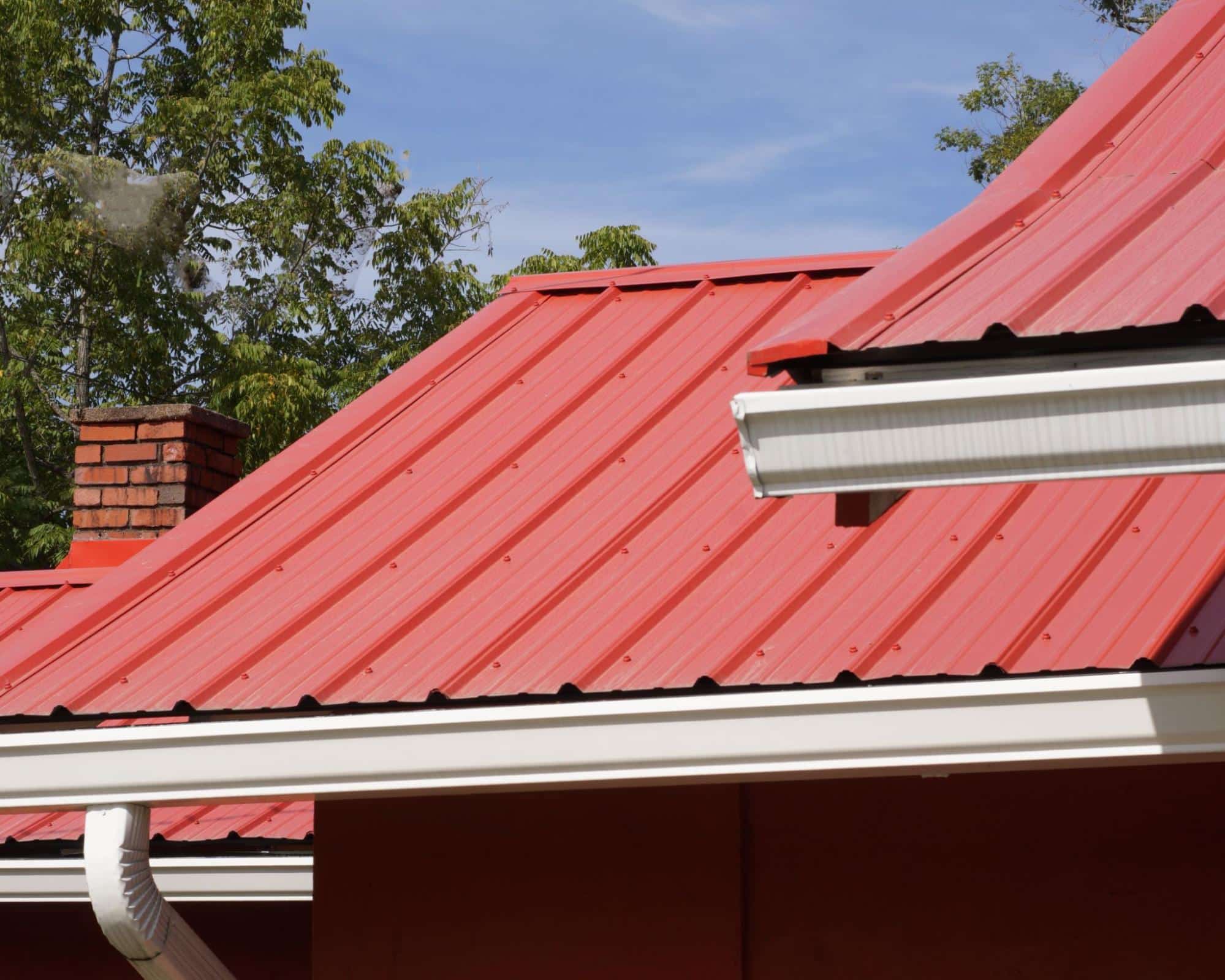
Metal roofs have surged in popularity for Gulf Coast homeowners seeking durability and energy efficiency.
Common Metal Roof Types
- Standing Seam: Sleek panels with concealed fasteners; ideal for homes and modern coastal designs.
- Metal Shingles: Offer the charm of traditional roofing with metal’s longevity.
- Corrugated Panels: Practical for garages, barns, or smaller buildings when cost is a factor.
Why Metal Performs Well
Metal resists wind uplift, sheds water easily, and reflects sunlight to lower interior temperatures. In coastal regions, aluminum and coated stainless steel are preferred for corrosion resistance. We use matching fasteners to prevent galvanic reactions and self-adhered underlayment to add waterproofing.
With lifespans reaching 40–70+ years, metal systems can outlast multiple generations of asphalt roofs. To explore energy-saving options for your entire home, visit our HVAC services page.
Tile Roofing: Coastal Elegance and Strength
Clay and concrete tiles have long defined Gulf Coast architecture. Beyond their beauty, they offer excellent durability and natural insulation.
Advantages of Tile
- Proven wind and weather performance
- Reflects solar heat, keeping homes cooler
- Lasts 50 years or longer with proper maintenance
Tile roofing does, however, require structural verification since it’s heavier than other materials. We use reinforced underlayments, corrosion-resistant fasteners, and secure wind clips to keep tiles anchored. Periodic inspections of valleys and flashings help prevent leaks and preserve appearance.
Slate Roofing: Classic and Enduring

For those seeking a legacy roof, slate delivers a timeless look and can last over 100 years. It resists UV, heavy rain, and temperature extremes while maintaining its natural color.
Because slate is heavy, our engineers verify structural loads before installation. Stainless and copper flashings protect against corrosion in salty air. Though initial costs are higher, the longevity and curb appeal often add substantial value for luxury or historic properties.
Synthetic and Composite Roofing: Modern, Lightweight Protection
Synthetic and composite materials replicate the look of slate, tile, or wood shake while addressing common drawbacks like weight and brittleness.
Benefits of Synthetic Roofs
- Lightweight: Ideal for existing framing
- Impact-Resistant: Class 4 rated for hail and debris
- Low Maintenance: Won’t rot, split, or warp
- Color Stability: UV-resistant finishes hold up against Gulf sun
Composites are increasingly popular among homeowners who want high performance and premium style without structural modifications. Ask us about product warranties and certified installers in your region.
Flat and Low-Slope Roofing Systems for Modern Homes and Businesses
Flat and low-slope roofs require different materials than pitched ones. These are common on contemporary homes, coastal condos, and small commercial properties.
Single-Ply Membranes
- TPO: Reflective, energy-efficient, and resistant to UV and heat.
- PVC: Strong chemical resistance; excellent for restaurants or facilities with exhaust exposure.
- EPDM: Proven flexibility and longevity; performs best with added insulation.
Modified Bitumen and Built-Up Roofing
Multi-layer systems provide redundant waterproofing and puncture protection, especially where roof access or equipment traffic is frequent.
Proper slope, clean drains, and regular inspections prevent ponding water and early deterioration. Our maintenance programs include infrared moisture scanning and seasonal debris removal to keep these systems watertight. Learn more on our Commercial Restoration page.
Comparing Roofing Materials: Cost, Lifespan, and Maintenance
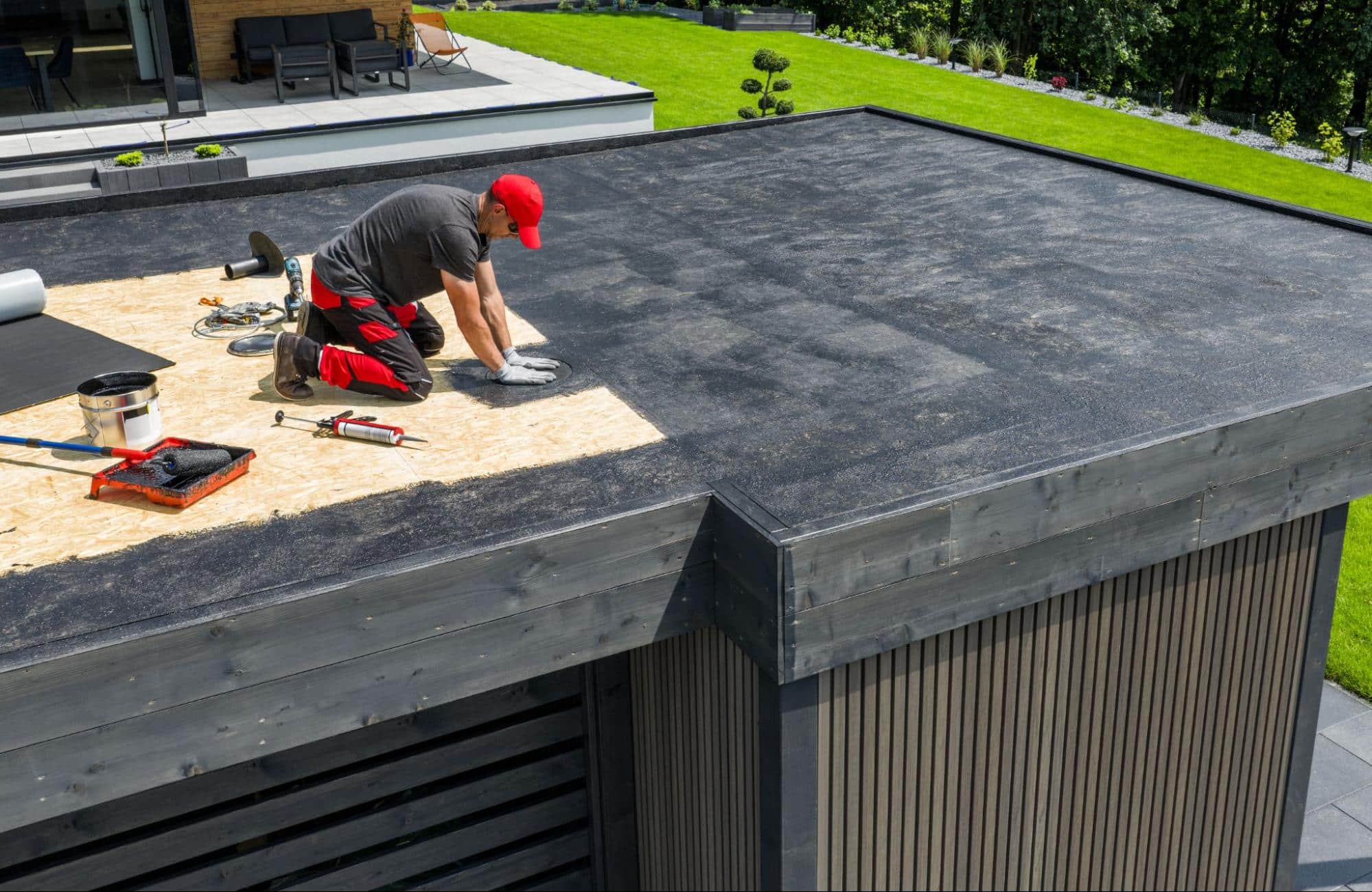
When homeowners ask what are the types of roofing materials and how they differ in cost or durability, we look beyond installation price. True value lies in long-term performance.
| Material | Typical Lifespan | Key Benefits | Maintenance Level |
| Asphalt Shingles | 15–30 years | Affordable, easy to install | Moderate |
| Metal Roofing | 40–70+ years | Energy-efficient, wind-resistant | Low |
| Tile Roofing | 50+ years | Durable, reflective, elegant | Moderate |
| Slate Roofing | 75–100+ years | Premium, fire- and weather-resistant | Low |
| Synthetic Roofing | 30–50 years | Lightweight, impact-resistant | Low |
| Single-Ply Membranes | 20–30 years | Seamless waterproofing for flat roofs | Moderate |
We help homeowners evaluate total cost of ownership, factoring in local code requirements, insurance incentives, and maintenance planning. For full rebuilds or remodels, see our General Contracting page.
Storm Hardening and Preventive Care
The Gulf Coast’s storm cycles demand roofing systems that go beyond minimum code.
Strengthening the Perimeter
Most failures begin at edges or corners. We install tested edge-metal systems, reinforced starter strips, and enhanced fastener spacing to prevent wind lift.
Adding a Secondary Water Barrier
A self-adhered membrane beneath the main roof deck offers an essential safeguard during shingle or tile displacement.
Ventilation and Flashing Integrity
Balanced intake and exhaust ventilation keep attic temperatures stable and reduce moisture buildup. We use pre-formed boots and corrosion-resistant flashing around vents and penetrations to stop leaks before they start.
For urgent storm response, visit our Storm Damage and Emergency Response pages for 24/7 assistance.
Insurance, Permits, and Warranties
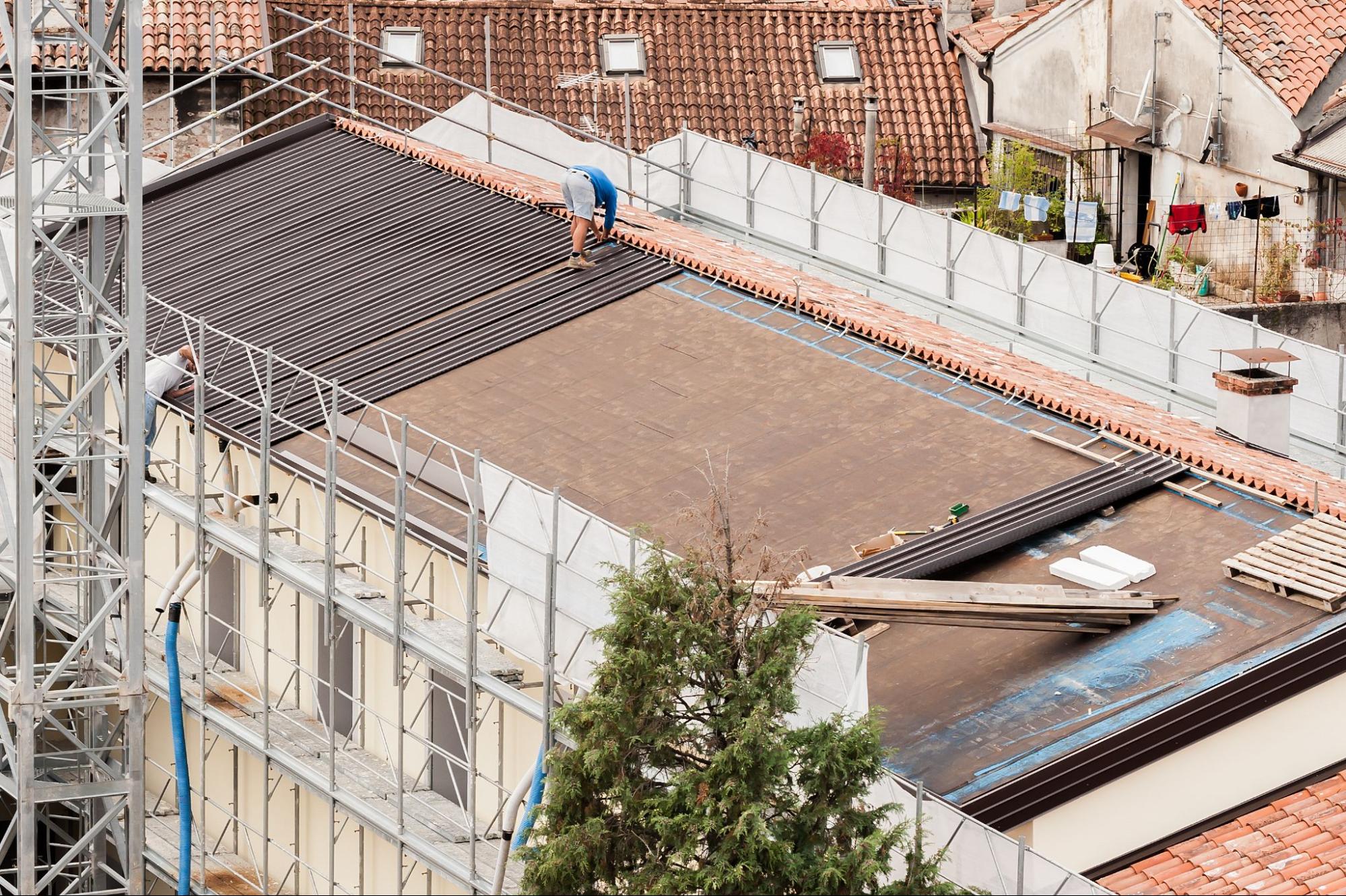
Each project handled by RNC US includes permitting, manufacturer registration, and final inspection documentation. These details protect your warranty and ensure compliance with all local building codes.
Annual inspections also help maintain insurance eligibility and can reduce premiums for impact- and wind-rated assemblies. Our teams assist homeowners through claim documentation and coordinate with adjusters to streamline repairs.
If water or humidity has already affected your property, explore our Water Damage and Mold Remediation services to restore safety and air quality.
FAQs About Roofing Materials
What are the main types of roofing materials for Gulf Coast homes?
Asphalt shingles, metal, tile, slate, and synthetic composites dominate residential use, while single-ply membranes serve flat or low-slope designs. Learn more on our Roof Repair page.
Which roofing material lasts the longest?
Metal, tile, and slate roofs can easily exceed 50 years, while synthetic composites often carry long manufacturer warranties.
What is the most energy-efficient roofing material?
Metal and light-colored membranes reflect solar heat, lowering attic temperatures and reducing HVAC load. Explore options on our HVAC page.
Can I replace my shingles with metal without removing the old roof?
In some cases, yes, depending on structural condition and local codes. Our team evaluates this during inspection.
How do roofing materials impact insurance costs?
Impact-rated and wind-resistant systems often qualify for lower premiums. We provide all documentation required for verification.
What maintenance does my roof need in humid climates?
Schedule seasonal inspections, clear gutters, and ensure attic ventilation to prevent mold and premature wear. Our Mold Remediation team can assist with early detection.
Conclusion: Build Resilience with Ready Nation Contractors

Along the Gulf Coast, choosing a roof isn’t only about style but also about security, comfort, and longevity. Asphalt shingles offer affordability and fast replacement, metal provides long-term protection and energy efficiency, tile and slate deliver timeless appeal, and synthetic materials combine durability with design flexibility. Flat-roof membranes protect modern and commercial buildings from heat and standing water.
At Ready Nation Contractors, we help homeowners understand what the different types of roofing materials mean for their property’s value, safety, and future. We’re licensed, insured, and trusted across Florida, Texas, and Louisiana for roof repair, replacements, and complete restoration.
Learn more About RNC US, explore insights on our Blog, or find your nearest team on our Locations page. When you’re ready to strengthen your roof and your peace of mind, contact us through our Contact page.
We’re Ready Nation Contractors, protecting Gulf Coast homes and helping families rebuild stronger, one roof at a time.
